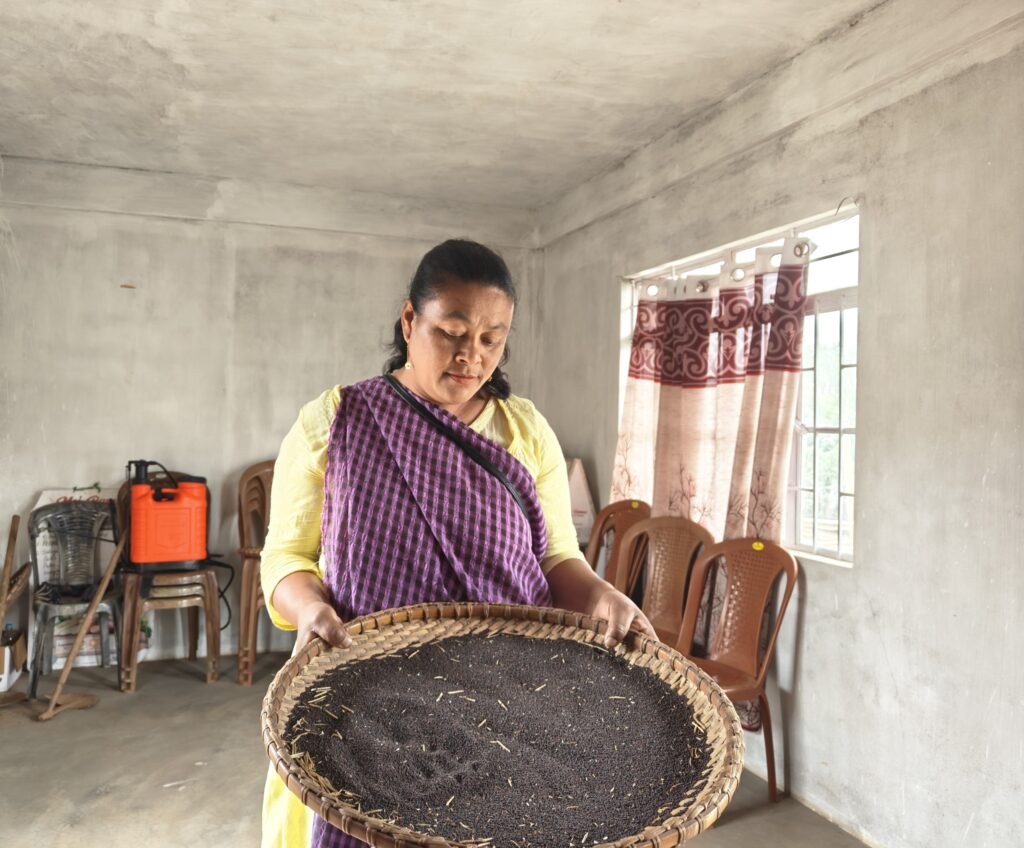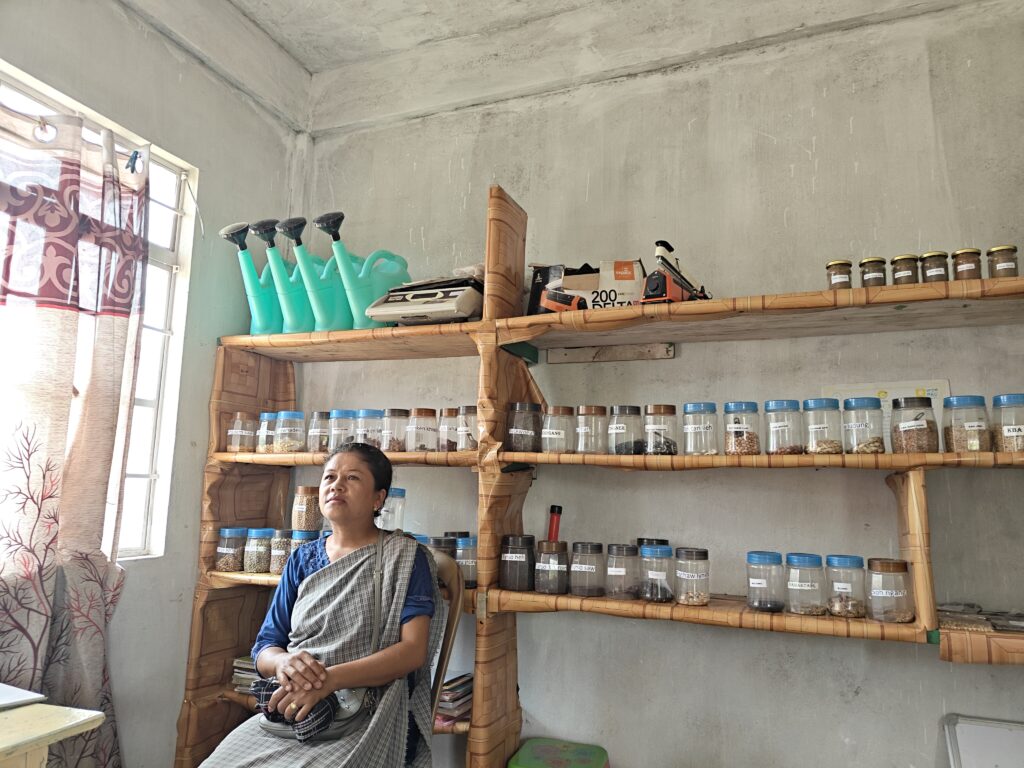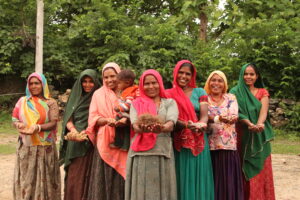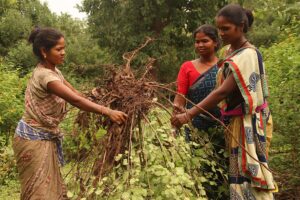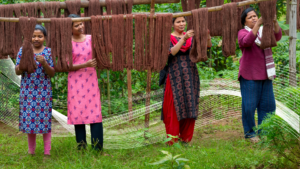[Readmelater]
Why Meghalaya’s Women Seed-Guardians Are Resisting Commercial Hybridisation
A women-led community seed bank in rural Meghalaya is using traditional knowledge of seed preservation to prevent the extinction of local strains of climate-resilient seeds
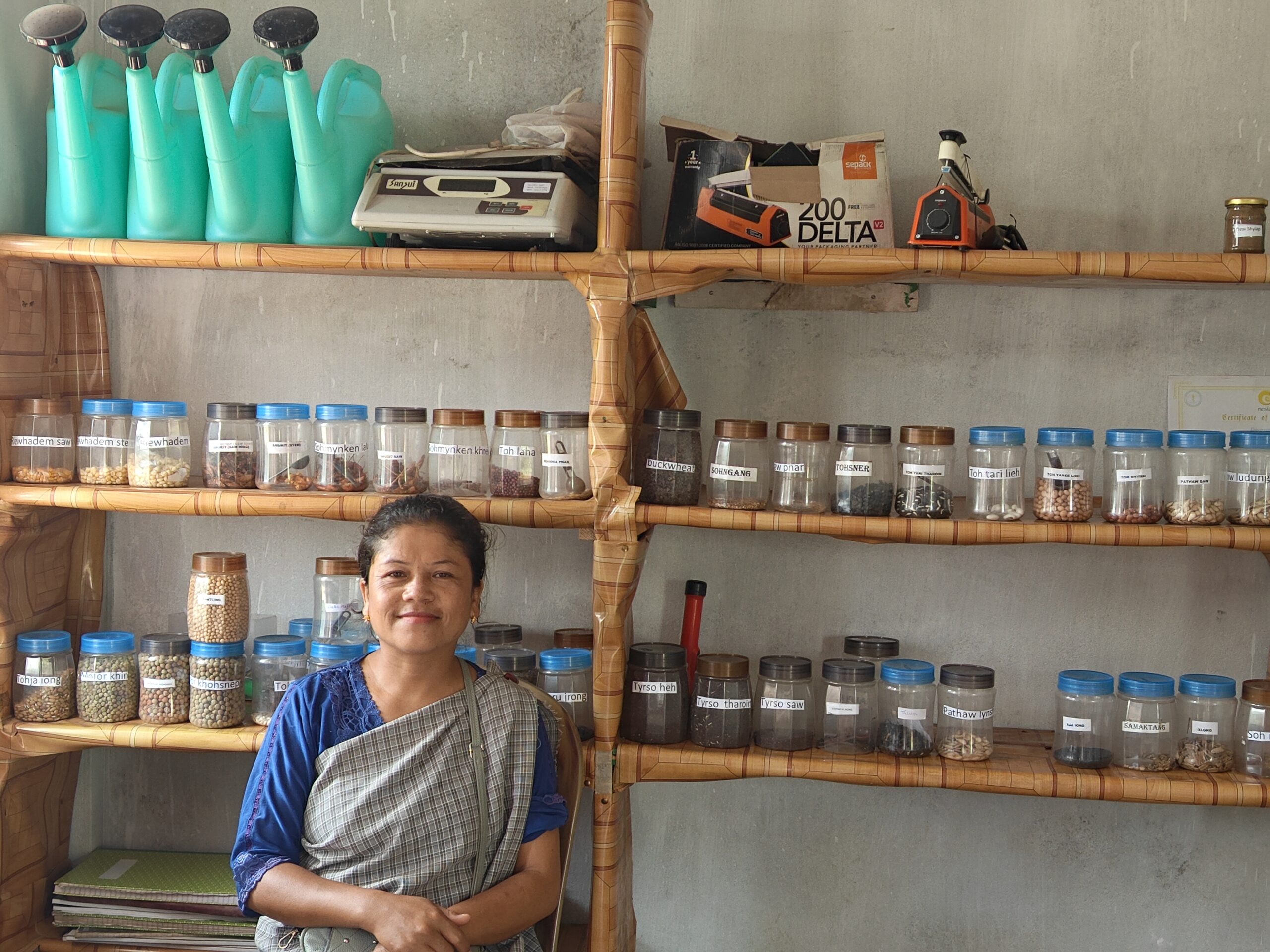
Rimaia Suchiang, president of the Laraplang seed bank in Meghalya that conserves heirloom seeds for posterity/ Aatreyee Dhar
Support BehanBox
We believe everyone deserves equal access to accurate news. Support from our readers enables us to keep our journalism open and free for everyone, all over the world.

